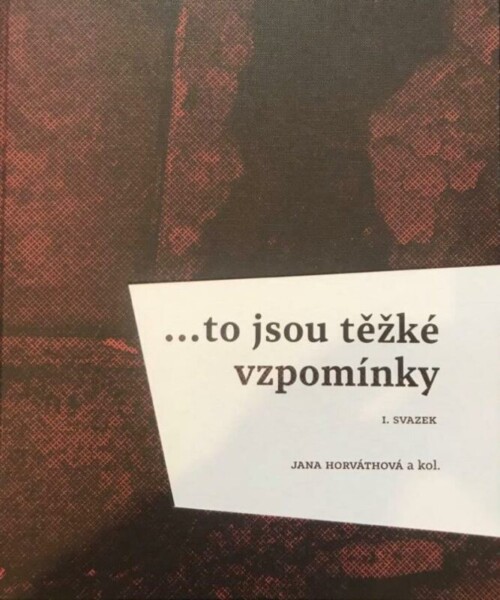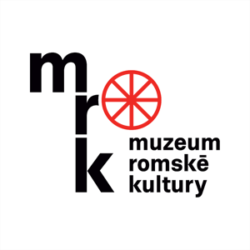Jana Horváthová et al. (eds), ...to jsou těžké vzpomínky. Vzpomínky Romů a Sintů na život před válkou a v protektorátu [...these are painful memories. Reminiscences of Roma and Sinti about life before the war and during the Protectorate]
Published by Větrné mlýny publishing house and Museum of Romani Culture, Brno 2021
You can buy the book here.
This extensive publication, published for the Museum of Romani Culture, is compiled primarily from the Roma and Sinti survivors’ reminiscences about World War II on the territory of the Protectorate and about the functioning of the so-called gypsy camps at Lety u Písku and Hodonín u Kunštátu. The book also contains biographical profiles summarising the fate and family ties of the surviving Roma and Sinti families, as well as four profiles of their descendants, who significantly added to knowledge about the lives of the surviving Roma and Sinti families. The book also concludes with profiles of non-Romansurvivors, Protectorate officials and staff of the so-called Gypsy camps. Their testimonies are also included in the relevant sections.
The processed reminiscences are based on interviews recorded by various scholars, mostly in the late 1990s and 2100s, and on individual manuscripts of survivors, as well as on testimonies and documentary films already published elsewhere. For each of the survivors, an overview of the sources from which the recollections are drawn is also provided.
In formal terms, the publication is divided into two chapters, preceded by a historical introduction. The first chapter focuses on the interwar period up to 1939 and the second on the period after the Protectorate was established. The second chapter is then divided into a total of 35 thematic and partly chronologically arranged sections (from the establishment of the so-called disciplinary labour camps, to imprisonment and conditions in both Protectorate camps, and finally to transports to concentration and extermination camps outside the Protectorate). The book also includes reflections of survivors ("Why did this happen to us") and an afterword on the post-war history of the sites of the former camps, almost up to the present.
A characteristic feature of the book is the way in which the reminiscences are processed and presented: the book is compiled from excerpts of reminiscences relating to the subject. The reminiscences are thus not published as a coherent narrative, but as carefully selected quotations with authentic testimonies of various survivors on the subject.
The book contains a substantial pictorial appendix consisting of family photographs with captions, facsimiles of archival documents, and images of items in the collection. A name and place index is included. Some of the interviews were made into a documentary film of the same name, housed in the museum archives.
According to the editors, the second planned volume will focus on the reminiscences of Czech Roma and Sinti survivors about the war period outside the Protectorate.





